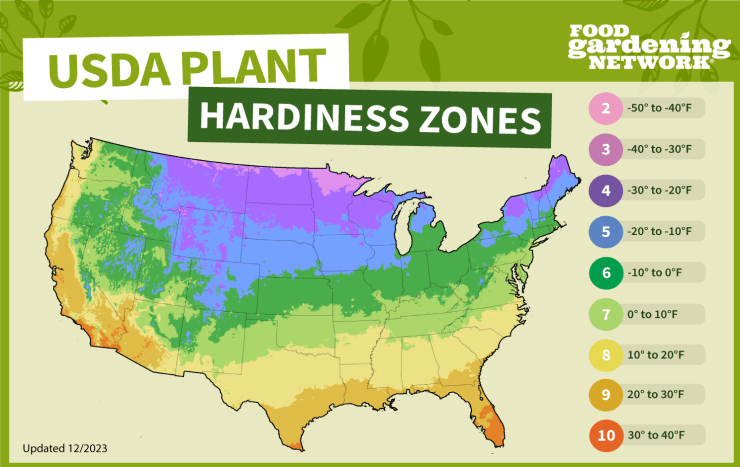Oranges (Citrus sinensis) are subtropical plants that thrive in warm climates. They are hardy in USDA Plant Hardiness Zones 9 to 11. Here are examples of U.S. states in each growing zone where oranges can be grown:
Zone 9: Some states in this zone are:
- Arizona
- Southern California
Zone 10: Some states in this zone are:
- Southern Florida
- California
- Texas
Zone 11: Some states in this zone are:
- Parts of Southern Florida
- Parts of Hawaii
Oranges can be grown indoors with proper care. Dwarf varieties such as Calamondin orange trees are the best and most adaptable for growing inside. They produce plenty of small or medium fruits, and their maintenance level is more beginner-friendly. When planning to keep an indoor orange tree, it’s best to look for a variety of dwarf orange tree for sale. Because it has been bred to thrive in a pot, you’ll find the orange tree care to be easier.
Orange trees grown indoors should be kept in a sunny location (a south-facing window is best). Natural light is ideal, but you might want to provide a grower’s lamp as a supplement. It’s important to keep the soil wet, but not soggy (in an orange tree, yellow leaves can be a sign of overwatering). Apply an orange tree fertilizer in early spring, early summer, and early fall.
Check out the USDA Plant Hardiness Zone Map and find out what zone your zip code is located in here. Or you can use our map to get a general idea of what your plant hardiness zone is.



 Previous
Previous

